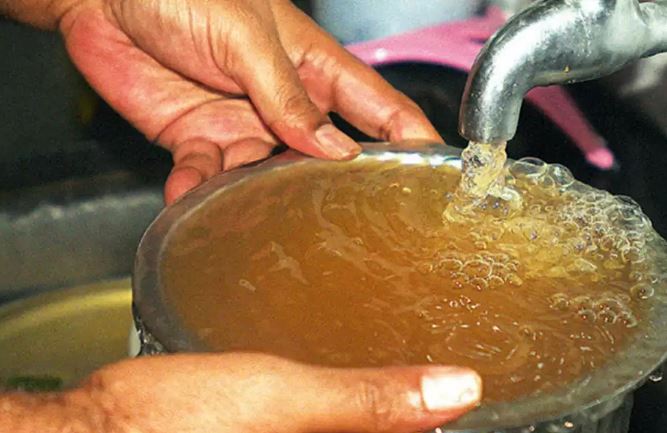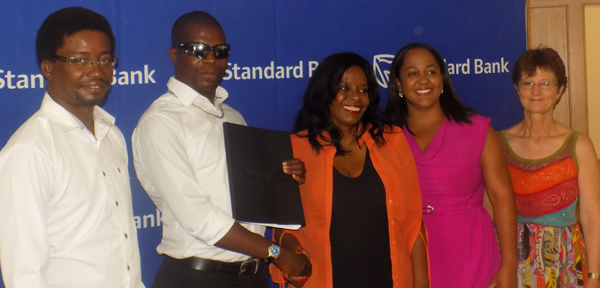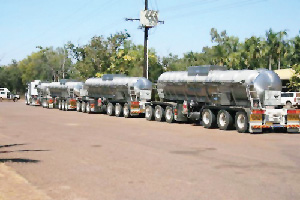
Namwater urges Swakop municipality to continue water rationing

By Adolf Kaure.
Namibia’s water utility provider, the Namibia Water Corporation (Namwater) has requested the Swakopmund Municipality to continue with the recently deployed water demand management (WDM) strategies to deal with their ongoing water production and supply water challenges.
During a letter issued to the Chief Executive of the Swakopmund Municipality, Archie Benjamin, the operations manager of Namwater, Janine Vorster, proposed that the municipal council adopt water rationing as part of the WDM strategy to mitigate the challenge.
“In view of the on-going water production and supply challenges, NamWater requested the Municiplaity of Swakopmund to employ Water Demand Management (WDM) strategies over the period of 21 December 2022 to 18 Januuary 2023,” said Vorster.
According to Vorster, the water rationing, which is the limited or controlled supply of water, for the late evenings and early morning hours (22h00 to 05h00) has assisted NamWater to avert any serious water shortages during this peak festive season for the residents of the coastal town and should continue.
Vorster further said that part of the current water challenge include the augmented supplies from the Orano Desalination Plant still being erratic and not yet recoverring to assist the only reliable sourcce of water from Omdel Borehole Scheme.
Although, the Orano Desalination Plant restarted on 31 December 2022 (19:00) and has been operational ever since, the plant was suddenly stopped on 5 January (12:00) until further notice due to new Sulphar outbreaks and turbidity problems being experienced.
“Over the past few days the reservoir levels and water flows rates recovered slightly above the 50 percentage levels, for the Swakopmund Municplaity, as well as the Rӧssing and HusabMines,” she said.
The water rationing regime will remain in place and be reviewed only on or after 18 January due to existing and on-going upstream production and supply challenges.












































